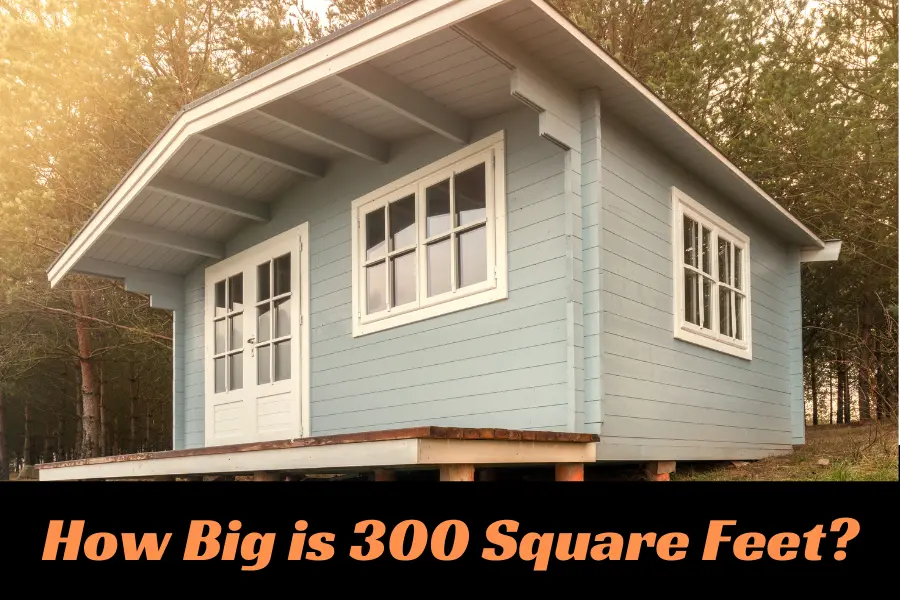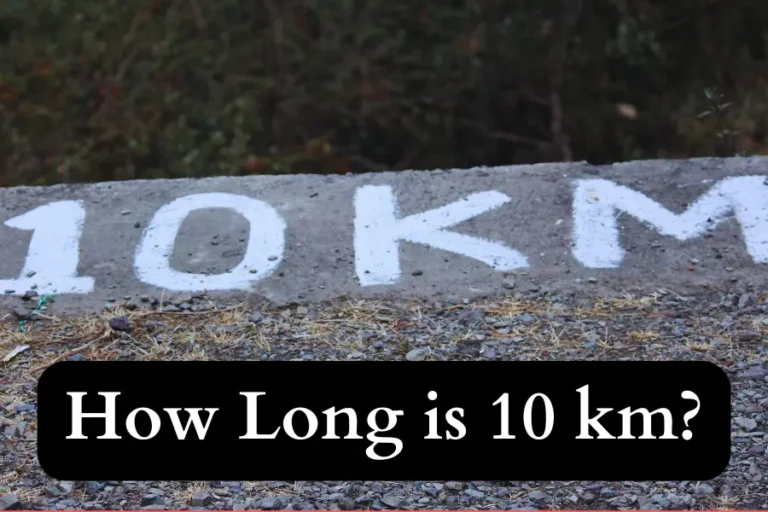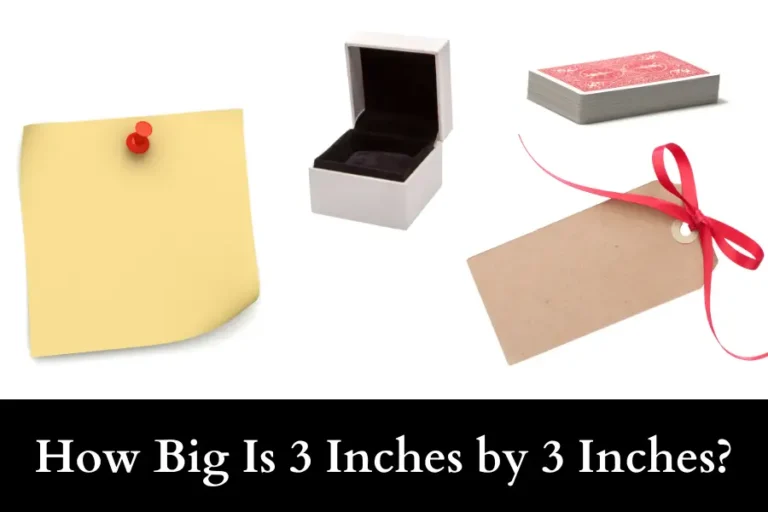How Big is 300 Square Feet? 14 Accurate Examples
Trying to picture how big is 300 square feet? It’s not a huge space, but it’s definitely not tiny either. Without a clear visual, it can feel impossible to understand. Is it enough for a comfortable home? Can you fit a full living room? What does it actually look like in real life?
The good news is, 300 square feet is more spacious than you might think. It’s about the size of a one-car garage, three parking spaces, or a small studio apartment. Depending on the layout, it can feel cozy and efficient or tight and cramped. The trick is knowing how to use every inch wisely!
But what does that really look like? Imagine six king-size beds laid out together or a tiny coffee shop seating area. Sounds interesting, right? In this guide, I’ll show you real-world comparisons that make it super easy to picture 300 square feet—whether it’s a home, office, or even a food truck!
How Big is 300 Square Feet? (The Details)
When you hear “300 square feet,” it might not sound like much, but it’s actually a decent amount of space depending on how it’s used. Imagine a room that’s about the size of a single-car garage or half of a standard hotel room. It’s small but not impossible to live in, especially if the layout is smart. People often compare it to a large bedroom or a compact studio apartment. If you think about it in terms of steps, you could probably walk about 15-17 steps from one end to the other.
Now, if you spread 300 square feet out in a perfect square, it would be about 17 feet by 17 feet. But in reality, spaces aren’t always shaped like a perfect square. Some might be longer and narrower, like 10 feet by 30 feet, which feels more like a hallway. Whether it’s a small home, an office, or even a tiny shop, 300 square feet is all about smart design and using every inch wisely.
300 Square Feet in Length and Width
If you break down 300 square feet into actual measurements, it really depends on the shape of the space. A square room with 300 square feet would measure about 17 feet by 17 feet. But if it’s more rectangular, it could be 10 feet by 30 feet or even 12 feet by 25 feet. The way the space is arranged changes how it feels. A long, narrow space might feel tighter, while a square-shaped room can feel more open.
To put it in perspective, 300 square feet is about the size of six king-size mattresses laid out side by side. If you imagine a parking space, most standard ones are about 9 feet by 18 feet, so a 300-square-foot space would be like fitting one and a half parking spots together. The shape of the space matters a lot because a wide, open area feels much different than a long, narrow one.
How Big is a 300 Square Feet Room?
A 300-square-foot room is quite spacious for a bedroom but would be considered small for a living room. Think of a large master bedroom or a small studio apartment without separate rooms. If you placed a queen-size bed inside, you’d still have plenty of room left for a desk, a small sofa, and maybe even a dresser. It’s the kind of space where every piece of furniture needs to be chosen wisely so it doesn’t feel overcrowded.
In homes, a 300-square-foot room could serve as a comfortable home office, a cozy guest room, or even a workout space. If it’s used as a living room, you might need compact furniture to make sure it doesn’t feel cramped. But if it’s an open layout, it can definitely feel bigger. The right lighting and mirrors can also make a big difference in how spacious it looks.
How Big is a 300 Square Feet House?
A 300-square-foot house is tiny but livable with the right design. It’s about the size of a tiny home on wheels or a small cabin. Many people who embrace minimalistic living make it work by using multi-functional furniture, like beds that fold into the wall or storage hidden under stairs. If you’ve ever stayed in a small studio apartment, that’s roughly the amount of space you’d be working with in a 300-square-foot house.
Inside, a house of this size would typically have a small kitchen, a compact bathroom, and a living space that doubles as a bedroom. Some tiny houses even manage to squeeze in a lofted bed to free up space below. While it’s definitely not for someone who loves collecting a lot of stuff, it can be perfect for those who prefer a simple, clutter-free lifestyle.
How Big is a 300 Square Feet Apartment?
A 300-square-foot apartment is usually a studio, meaning everything (except the bathroom) is in one open space. You’d have a small kitchenette, a sleeping area, and a little living space all in one room. These apartments are common in big cities where rent is high, and people trade space for location. It’s cozy but totally manageable if you organize it well. Vertical storage, foldable furniture, and good lighting can make a huge difference in making it feel larger.
If you’ve ever stayed in a small hotel room, that’s about the size of a 300-square-foot apartment. You’d have just enough space for a bed, a tiny couch or dining table, and maybe a little desk. It’s ideal for someone who doesn’t have a lot of belongings and spends more time outside rather than inside. With the right layout, it can feel surprisingly comfortable.
How Big is a 300 Square Feet Office?
A 300-square-foot office can be a small but functional workspace. It’s big enough to fit four to six desks if arranged properly, making it a good choice for a small startup or a private office for one or two people. If it’s just for one person, it can feel quite spacious with room for a desk, chairs, a bookshelf, and even a small meeting table.
For comparison, a standard executive office is about 150-250 square feet, so 300 square feet could be a large private office or a small team workspace. If used as a shared space, smart desk placement and storage solutions are key to keeping it from feeling cramped. With an open layout, it can feel modern and inviting, perfect for focused work or small meetings.
If 300 square feet sounds like a lot, you might be curious how big 200 square feet actually is. These 15 real-life examples will help you compare sizes!
How Big is 300 Square Feet? Examples To Know
When people hear “300 square feet,” it can be hard to picture. But when you compare it to everyday things, it starts to make sense. Imagine a space the size of six king-size beds laid out together or a small living room. It’s compact but totally usable with the right design. Now, let’s break it down with real-world examples.
Six King-Size Beds
If you lay out six king-size beds side by side, you’d get an area of about 300 square feet. That’s because a king-size bed is roughly 6.5 feet by 7 feet, which takes up about 45 square feet. Put six of them together, and you have a solid visual of how much space 300 square feet actually is.
Now, imagine actually using that space. If this were a bedroom, it would be quite spacious—big enough to fit a king-size bed, a dresser, a desk, and even a cozy reading corner. But if this were a full home, things would be much tighter. You’d have to use smart storage solutions like under-bed drawers or wall-mounted shelves to make everything fit without feeling cramped.
A Small Living Room
A small living room in an apartment or house can often be around 300 square feet. Picture a space where you could fit a sofa, a coffee table, a TV stand, and maybe a couple of chairs. It’s cozy but not too tight, especially if the furniture is arranged thoughtfully.
The key to making a small living room feel bigger is the layout. A large sectional might be too bulky, but a sleek loveseat with a couple of armchairs can make the space feel open. Using mirrors, light-colored walls, and vertical shelving can also help create the illusion of a larger area. It’s all about making the most of the space you have!
30 Tiles
If each floor tile is one foot by one foot, you’d need 30 tiles laid out in a grid to make up 300 square feet. This makes it easy to visualize—just think of a kitchen or bathroom floor with large square tiles covering the space.
Now, imagine standing in a room made up of 30 floor tiles. It might not seem like a lot, but with the right design, it can be a functional space. A kitchen of this size would fit a small dining table, cabinets, and essential appliances. If this were an office, you could arrange desks and chairs efficiently to make it a productive work area. The shape of the room really changes how it feels!
Small Studio Apartment
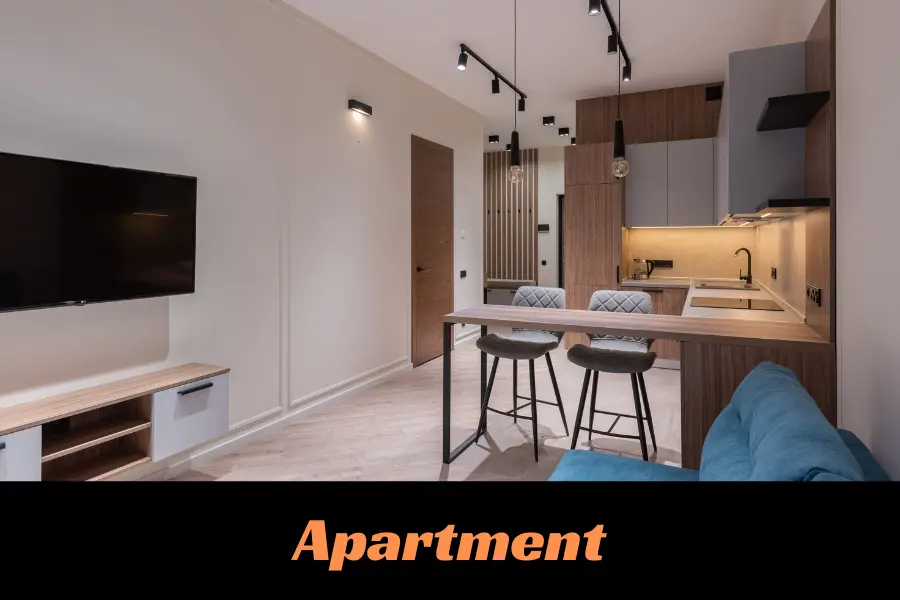
A small studio apartment is often around 300 square feet. Everything—the bedroom, living room, and kitchen—is in the same open space, except for the bathroom, which is usually tucked away. It’s a popular choice in big cities, where people trade space for location.
Living in a studio this size means you have to be strategic. Many people use murphy beds, foldable tables, and vertical storage to maximize their space. Some studios even have lofted beds with storage or a couch underneath. It might be small, but with the right furniture and organization, it can feel surprisingly comfortable!
Dorm Room
A college dorm room can be around 150-250 square feet, so a 300-square-foot dorm would be a luxurious upgrade for most students! In a typical dorm, you’d have space for two twin beds, two desks, and some shared storage.
In a 300-square-foot dorm, you’d have extra breathing room—maybe even space for a small couch or a mini fridge. But just like in any small space, organization is key. Many students use under-bed storage, wall-mounted shelves, and multi-use furniture to keep things from getting cluttered. Even though it’s compact, it can still be a comfortable place to live and study.
A Tiny House
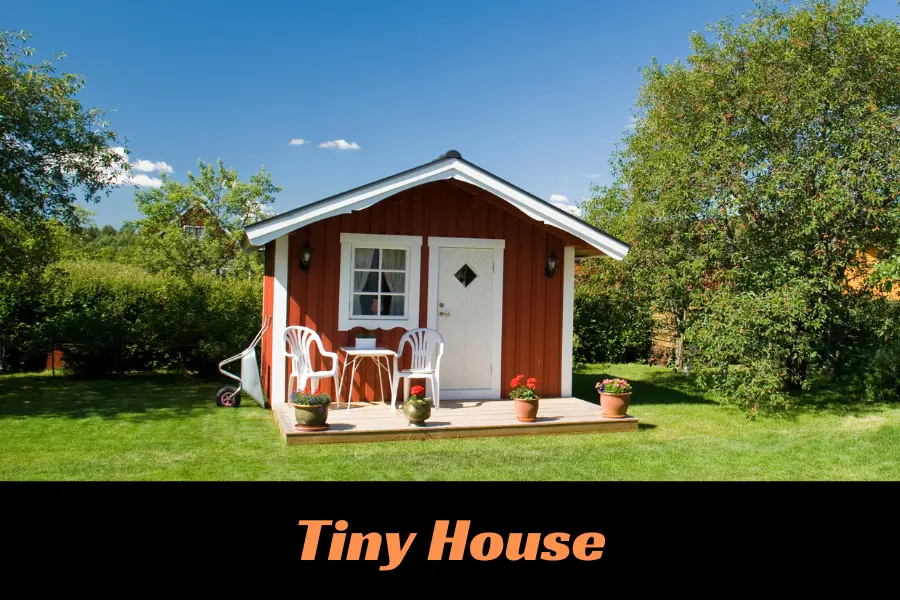
A tiny house is usually between 200 and 400 square feet, so 300 square feet is right in the sweet spot for tiny living. These homes often include a lofted sleeping area, a compact kitchen, a small bathroom, and a cozy living space.
The beauty of a tiny house is that every inch is designed to be useful. Instead of traditional walls, many tiny houses use built-in furniture, sliding doors, and convertible tables to maximize space. Some even have rooftop decks or fold-out porches to extend the living area. It’s small, but for people who love minimalism, it can feel just right!
Hotel Room
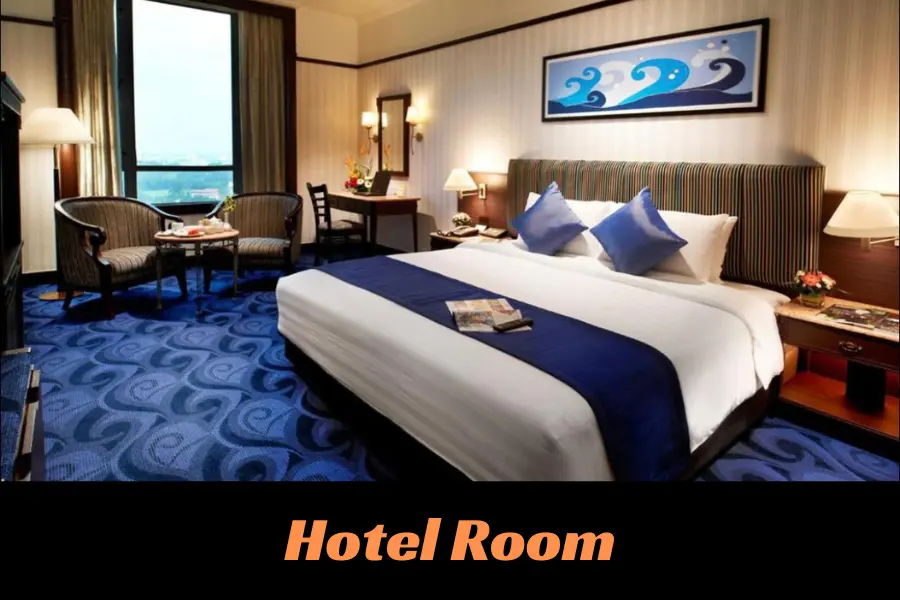
A standard hotel room is often between 250 and 350 square feet, so 300 square feet is right in the middle. Think of a hotel room with a queen-size bed, a small desk, a chair, and a bathroom—that’s roughly the space we’re talking about.
Now, imagine living in that space full-time. It might feel tight, but many people in big cities live in apartments that are the same size as a hotel room! The key to making it feel more livable is good organization, functional furniture, and clever storage solutions. Even in a small space, with the right setup, it can still feel like home.
One-Car Garage
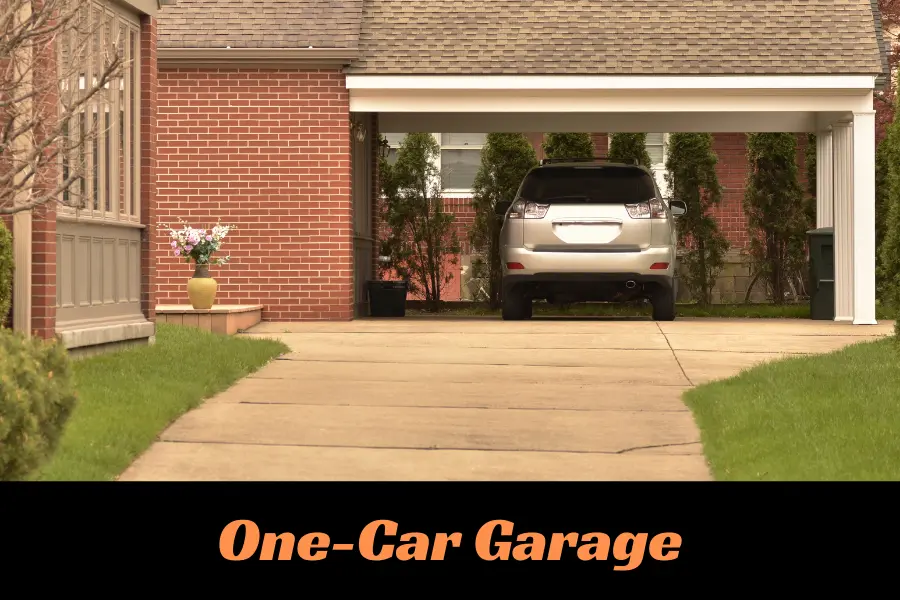
A standard one-car garage is about 300 square feet, usually measuring 12 feet wide by 24 feet long. If you’ve ever parked in a single garage, you know it’s enough space for one car, plus some room for storage or tools along the walls.
Now, think about turning that into a living space. If you converted a garage into a small apartment or office, you could fit a bed, a small couch, a desk, and a kitchenette. Many people use garage conversions as tiny homes, guest houses, or even home gyms. The challenge is making sure everything has a place, so it doesn’t feel cluttered.
Three Parking Spaces
A single parking space is usually 9 feet by 18 feet, which means three of them together give you a total of about 300 square feet. Next time you’re in a parking lot, try standing in three connected spaces to get a real feel for the size!
If you were designing a 300-square-foot room, this comparison is useful. It shows that while the space isn’t huge, it’s enough for a cozy office, a small studio apartment, or even a yoga studio. Just like in a crowded parking lot, the key to making it work is efficient use of space.
Storage Unit
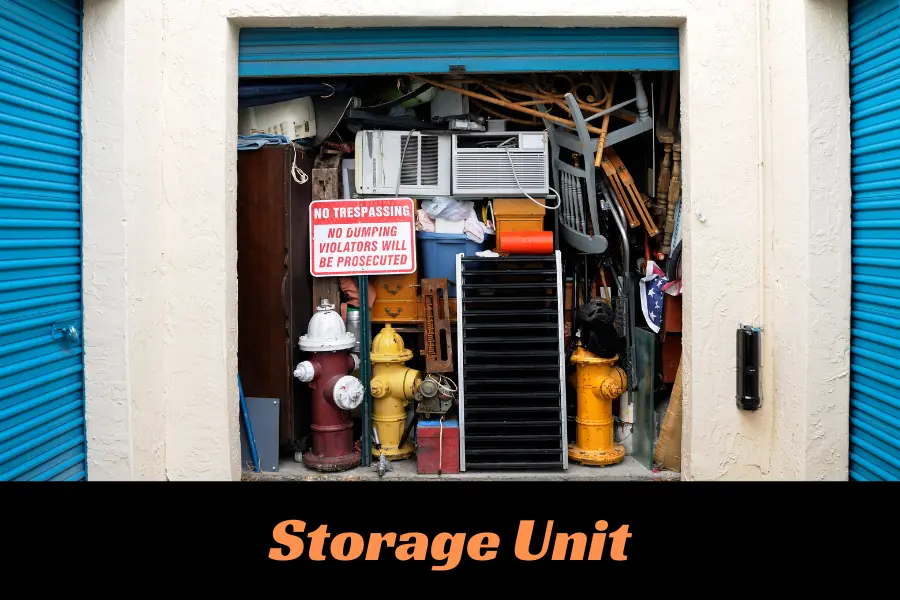
Large storage units—like 10 feet by 30 feet—are often around 300 square feet. These units can fit the contents of a small one-bedroom apartment, including a mattress, a couch, a few chairs, boxes, and even a fridge.
Now, imagine living in that space instead of storing stuff in it. You’d have to be super organized, using stackable storage, foldable furniture, and hidden compartments to make it work. Some people actually turn old storage units into tiny homes, proving that with smart planning, even a small space can feel functional.
Half a Tennis Court (Singles)

A full singles tennis court is about 600 square feet, so half of it would be around 300 square feet. Picture standing on one side of the court—that’s your entire living space if you were in a 300-square-foot home or office.
When you imagine a small apartment or office in terms of a tennis court, you start to realize it’s actually a decent amount of space. It’s enough for a couch, a bed, a kitchenette, and a bathroom, but not much extra room. That’s why minimalist design and multi-use furniture are key when working with this kind of space.
Small Backyard Patio
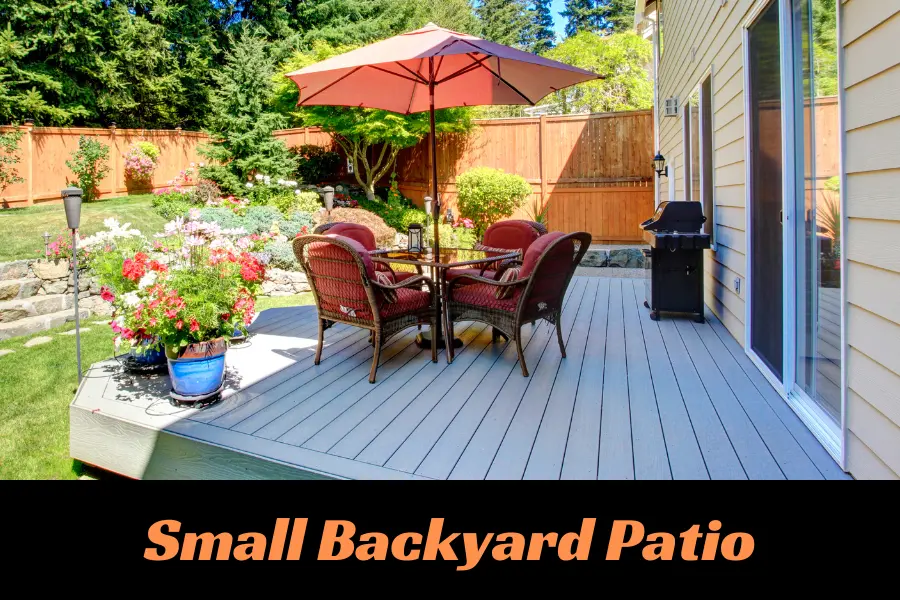
A small backyard patio of 15 feet by 20 feet comes to about 300 square feet. If you’ve ever had a patio this size, you know it’s just enough space for a table, some chairs, a grill, and a couple of potted plants.
Now, imagine turning that patio into an outdoor café, an art studio, or even a tiny home. People use backyard spaces creatively, adding pergolas, outdoor kitchens, or even enclosed sunrooms to make them feel bigger. The key is using vertical space—hanging lights, wall planters, or folding furniture can make a small patio feel like an outdoor oasis.
Small Coffee Shop Seating Area
A small coffee shop seating area can be around 300 square feet, fitting five to six small tables with chairs. If you’ve ever sat in a cozy café, you’ve probably experienced what a 300-square-foot space feels like.
In a business setting, it’s all about maximizing seating while still keeping things comfortable. Café owners use wall-mounted benches, bar seating, and small round tables to make the space feel open. If you were designing a tiny café or work area, you’d want lots of natural light, mirrors, and smart furniture placement to make it feel inviting.
Tiny Food Truck Interior
A small food truck is usually about 300 square feet inside, which means everything—the kitchen, storage, and prep area—needs to be tightly packed. If you’ve ever seen a food truck at a festival, you know how efficiently they use space!
Inside a food truck, every inch matters. There’s just enough room for a couple of workers, a stove, a fridge, and storage shelves. If you had to live in a space that size, you’d need to adopt a similar approach—everything must serve multiple purposes, and clutter has to be kept to a minimum.
300 square feet is one way to look at space, but what about 150 square meters? This guide helps break down what that size actually looks like!
Conclusion
So, how big is 300 square feet? It’s small, but with smart design, it can be totally functional! Whether it’s a studio apartment, a tiny house, or a compact office, the way you use the space makes all the difference. Here’s what you should remember:
- It’s about the size of a one-car garage or three parking spots.
- You can fit a small living room, kitchen, and sleeping area inside.
- Many people live in 300-square-foot spaces comfortably.
- Design tricks like multi-use furniture make it feel bigger.
- Whether for living or working, 300 square feet can be just right!
With the right setup, small spaces can feel surprisingly big.

